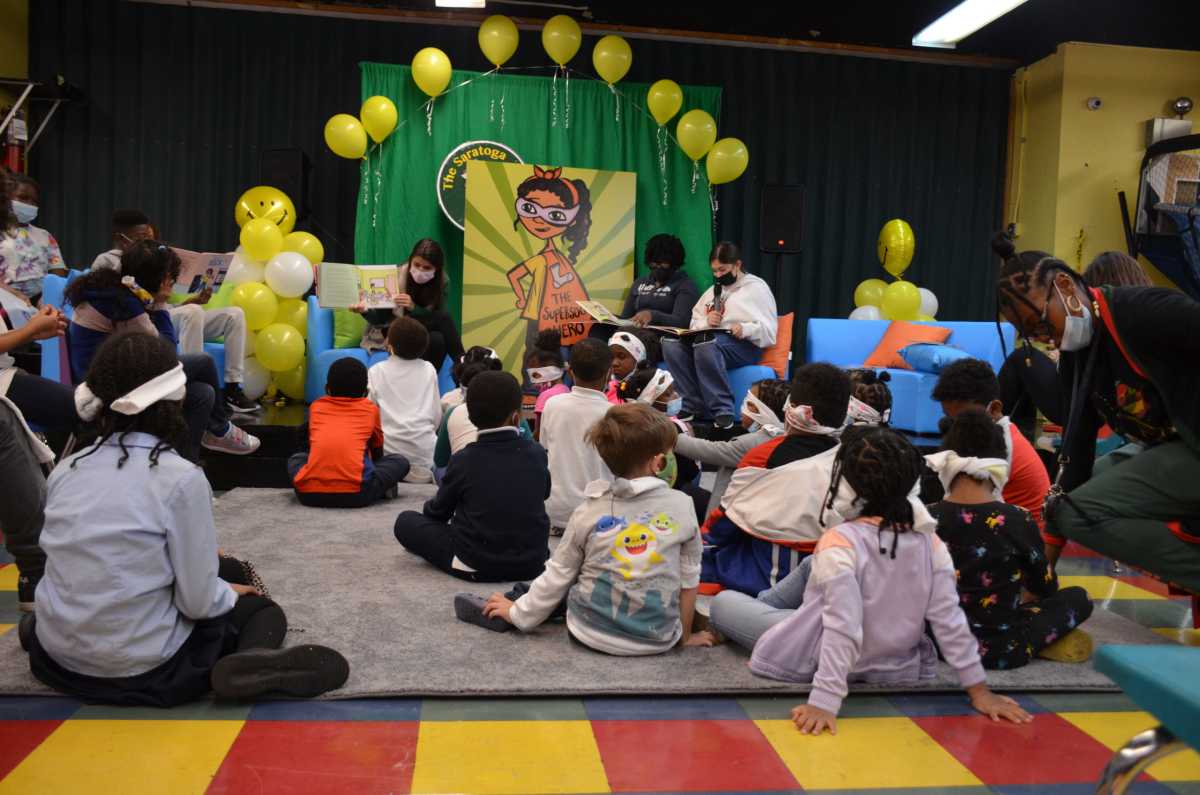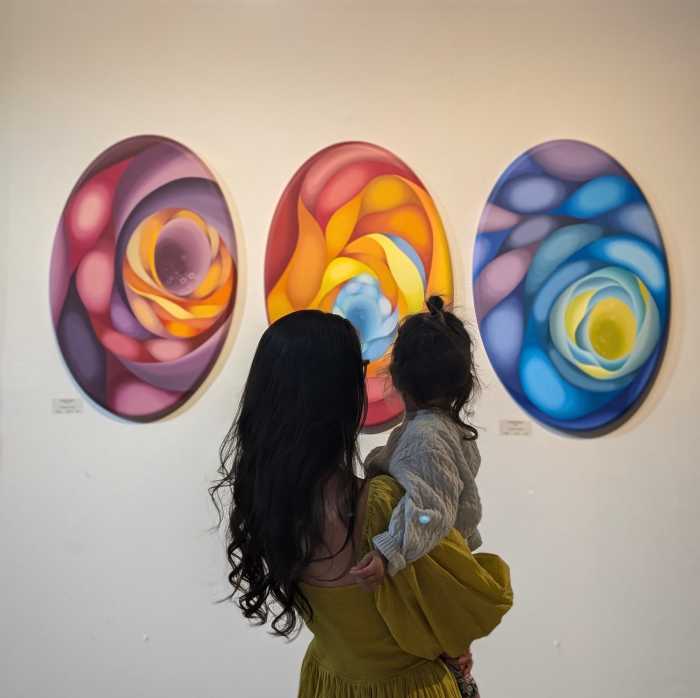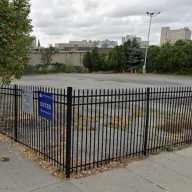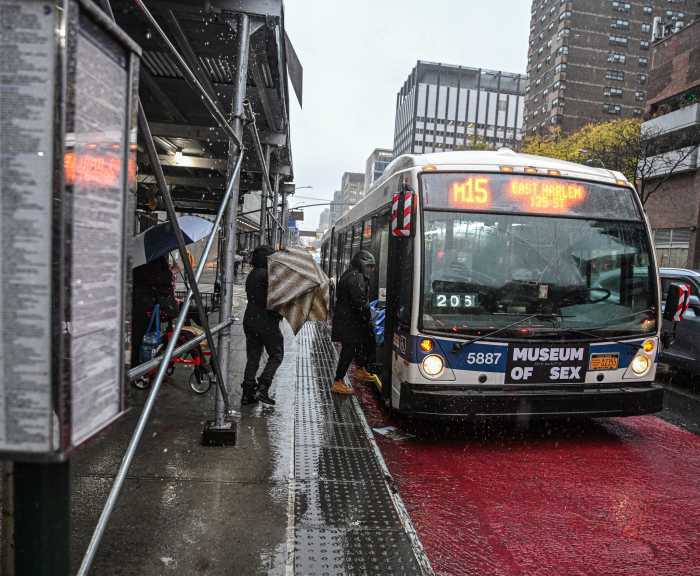Homes for the Homeless held a recent book reading and discussion at its Saratoga Family Residence in Jamaica for children ages 3 to 16 centered on the release of the “Knock Knock, Where’s My Sock?” illustrated children’s book by Adina Lichtman.
The book follows Chrystal, a little girl whose family moved into a shelter where she loses one of her lucky socks, makes new friends and learns that everyone has superpowers.
The creation of the book was informed by several families living in the HFH shelter and includes a poem from a teenage resident about her experiences with homelessness. Children from various age groups wearing superhero masks they created participated along with several parents as student leaders from the Saratoga after-school program took turns reading from the book to the younger children.
Lichtman joined the children, who became more engaged as the story’s plot progressed. An interactive age-appropriate conversation took place afterward where multiple children shared their positive reactions as they responded to questions relating to the theme of the story.
“The experience was phenomenal on many levels,” Saratoga Afterschool & Recreation Director Michael Chapman said. “Having the students involved throughout the process from setting up, to reading and overall production gave them a different insight.”
Lichtman is the founder of the organization Knock Knock, Give a Sock, an organization that works to humanize homelessness “one sock at a time” by bringing neighbors living in local homeless shelters and neighbors living in homes together.
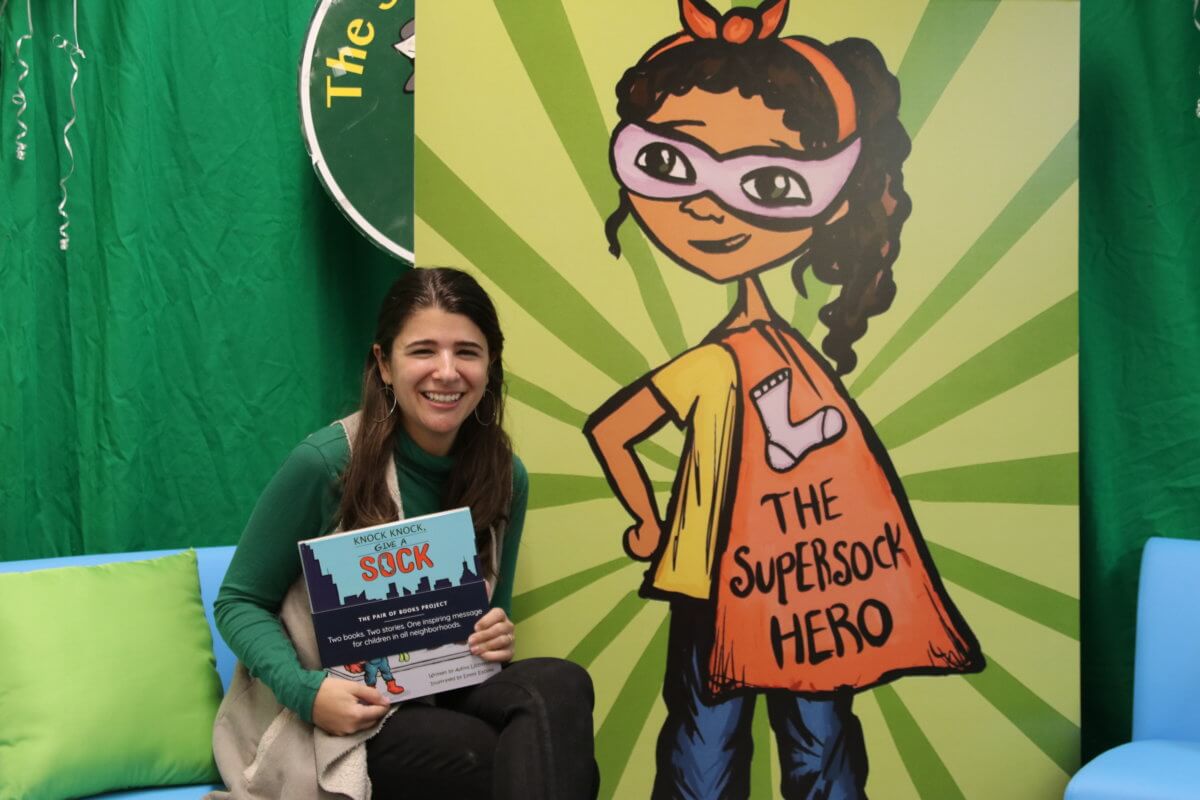
The group raises awareness about who are homeless in addition to providing them with fresh socks, a much-needed resource in many homeless shelters.
Knock Knock, Give a Sock sponsor Alston & Bird Law Firm donated 150 book sets to the families at the Saratoga Family Residence. Copies were provided to all participants at the end of the event. Saratoga Family Residence Administrator Michael Fahy noted the significance of the story and the event for the children.
“We try to empower the children [so they can] gain high self-esteem, showing them that they can do anything and take away from the stigma of living in a shelter,” Fahy said.

